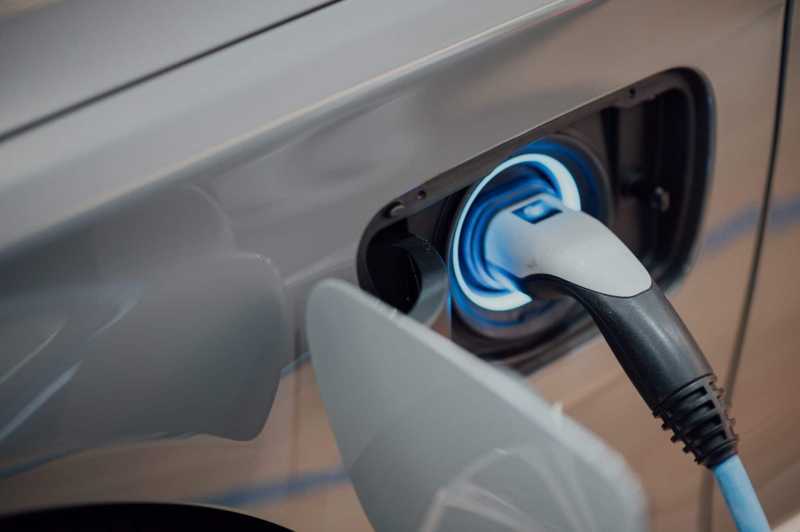Electric Vehicles on Ethiopian Roads

Mass production of practical electric vehicles has reached a stage where simple coordinated investments can make it happen. But what about Ethiopia?
Ethiopia’s story of modern vehicles has nearly the same age as the car history itself. The first car was gifted to then Ethiopian ruler, Emperor Menelik II in 1908. He became the first African to drive a vehicle. After his reign, Emperor Hailesilassie took over the country in 1930. The emperor grew passionate about cars. The emperor was said to have had more than 200 luxury vehicles. To this day, Ethiopia is highly dependent on imports. There is no production in the country, but massive improvements are taking place in assembling cars. The recent plantation of the Hyundai Motors assembly line is a near-production venture.
This might be one factor in our financial poverty. But these days, we have factories such as Marathon Motors and Bishoftu that are well apt for assembling vehicles from the ground up. Since our country is rich in water and hydro-power is the main source of power and has one of the cheapest electricity cost in the continent, focusing on electric car production will give the country the advantage of entering the world race in vehicle production. Current electric cars can be charged with a simple home outlet within 3 hours max and give a range of 333 km. This is more than enough for a daily activity including giving transport services. If charging stations can be planted in various areas and routes, considering the fact that Ethiopia has one of the cheapest electricity on the continent; electric vehicles seem ideal to Ethiopia.
The private sector and the government are taking action to widen the accessibility of electric vehicles in the country. Some companies like Hybrid Design imported mid-luxury electric cars in previous years. Marathon Motors is constructing a plantation of vehicle assembly factory. Green Tech Ethiopia took the initiative of importing and assembling different models of practical electric vehicles.
The major downside of electric vehicles is the cost. They are relatively high priced than their equivalent petrol engines. This is because the hard currency rate and demand increase with low supply. The best way to address this issue would be to produce ourselves and meet the market demand.
“For environmentally clean, renewable energy-rich #Ethiopia (hydro, geothermal, solar, wind) investing in EV infrastructure will reduce oil imports & give the country energy independence and security.” This tweet was made by Zemedeneh Negatu, a prominent Ethiopian economist.
The best thing about current technological trends is that we don’t need to start from the very beginning and walk all the journey. Someone has already come this far; we can pick up from where they left off. Electric vehicles have reached where they are now and will continue to be improved. As a country, we can teach about the journey and engage in the future improvement of technologies. Mass production of practical electric vehicles has reached a stage where simple coordinated investments can make it happen. Green Tech Ethiopia is an example of that.
Car designs have already been built with African toughness, only their means of power generation needs a change and the rest of the world has achieved it. Doubting these and having first-hand experience can lead to maybe one day the country having its own motor company. This could be where locally made vehicles can be developed. For now, let’s take advantage and utilize the opportunity we’ve been presented with.
